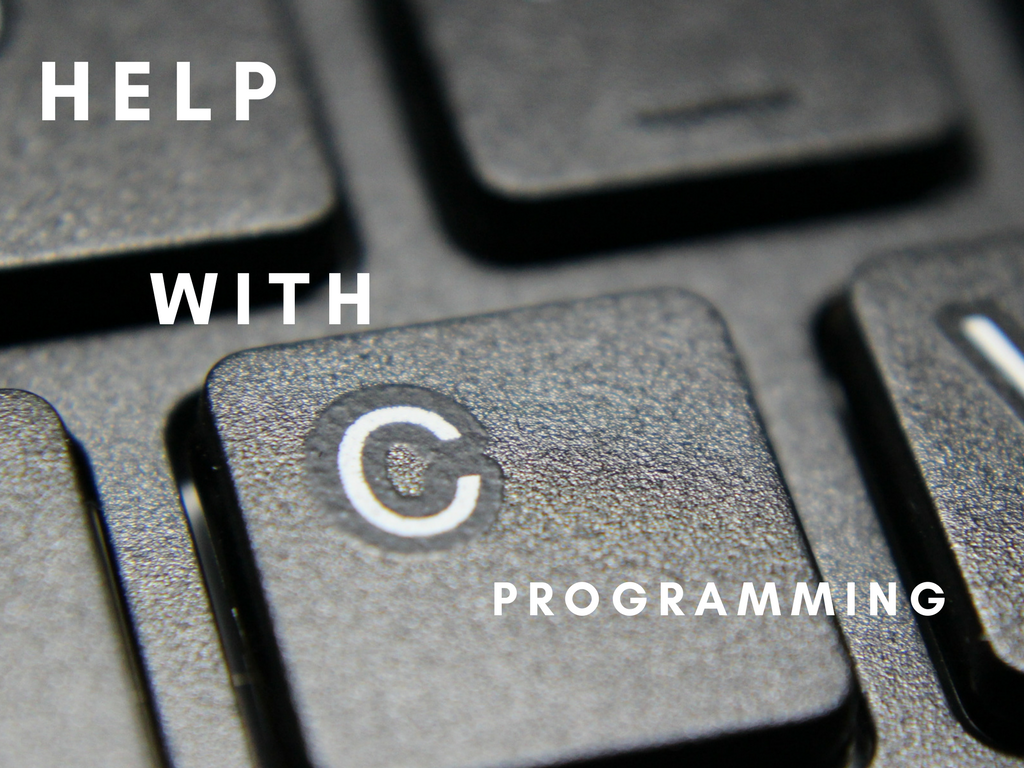Simplifying the Confusion Over What Does and Does Not Require Documentation in a Research Paper
For many people, the life or death struggle that takes place when they are assigned a research paper isn't so much the writing of the paper itself as it is the process of documenting sources. Part of the problem is that there are so many different schools of documentation and referencing: MLA, Harvard, APA, Chicago, Turabian. It can be confusing remembering which referencing style is which. There is one thing that all schools have in common, however, and that is the recognition and knowledge of exactly what parts of your paper should be documented and referenced.
Essentially documentation of a research paper means that you must give credit where credit is due. You are expected to document any idea in your paper that is derived from an external source rather than from you. Some elements that must be documented should be obvious, such as quotations from a source volume. The trick is when you are incorporating someone else's ideas in a manner not so obvious. There is word for taking credit for someone else's ideas, whether it is done purposely or whether you even do it unwittingly: plagiarism. Plagiarism is considered a form of intellectual property theft and it is so easily avoided that it should never become a problem. Any information or idea you even remotely feel should be documented should get the full referencing treatment. Better safe than sorry. Recent high profile cases of plagiarism have proven that while we are more and more comfortable with some forms of intellectual property theft, the stealing of another's ideas as your own in print is still enough to ruin a career, academic careers included.

One of the problems that contribute to charges of plagiarism is that it is understood that ideas that are common knowledge are not subject to the need for documentation. In other words, you don't need to give credit to a source merely for mentioning in your paper that JFK was assassinated on November 22, 1963. In addition to facts, however, this release from the pain of documentation also extends to certain ideas. Your paper may take on the subject of eating disorders and touch upon the effect that anorexic female celebrities have on impressionable young girls. You don't need to cite every reference to your contention that this is widely regarded as a detrimental part of American society; that believe is widespread and in the public domain. You would need to cite any specific theories propounded, however. In other words, if you read an article that connected idolatry of skeletal actresses to historical antecedents where the masses followed a trend set by someone famous-how men quit wearing undershirts after Clark Gable's appearance in It Happened One Night-you should cite that source. If, on the other hand, you make the connection on your own you don't need to cite anything. Even if you had discovered the information about Clark Gable while writing the article, in other words this information is completely new to you, you aren't required to document it.
You should also take care to document any information in the public domain that can be disputed. For instance, you would not have to document any commonly known information related to the Iraq war. If you were writing a paper that called into question the validity of Pres. Bush's evidence of the existence of WMDs, however, you would need to document your sources. You don't need to document that the Twin Towers came down as a result of the 9/11 attacks, but you would need to document any claims of a conspiracy.
For the most part, documenting sources is easy enough that you should pretty easily avoid even unintentional plagiarism. There are little loopholes that make it a bit more difficult, but even these can be rather easily understood if you apply common sense. You should also check for more information do my programming homework.



